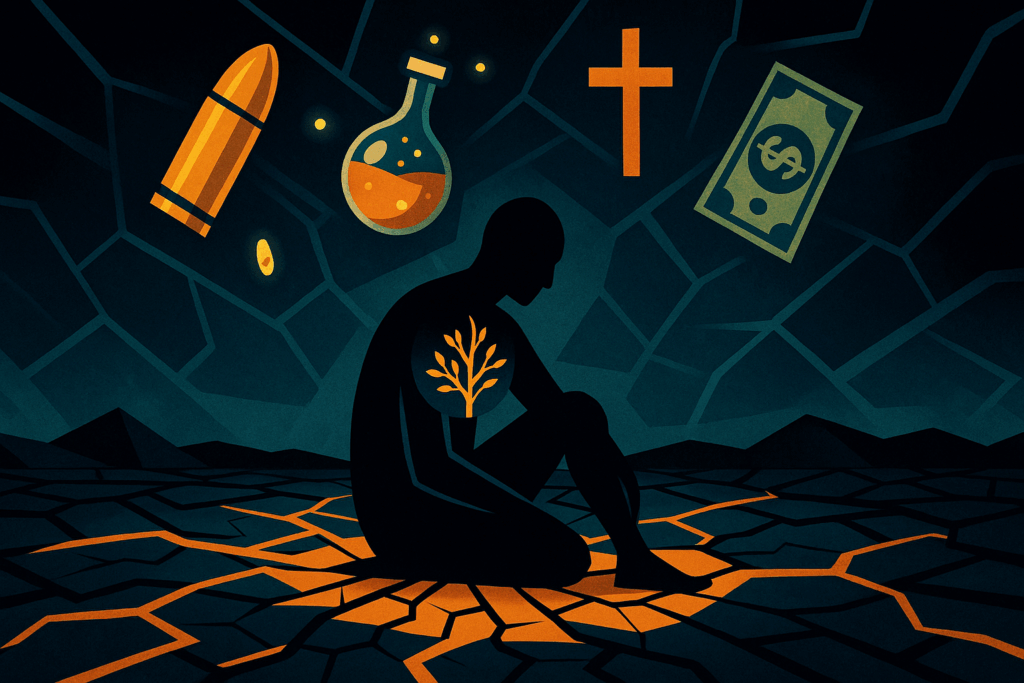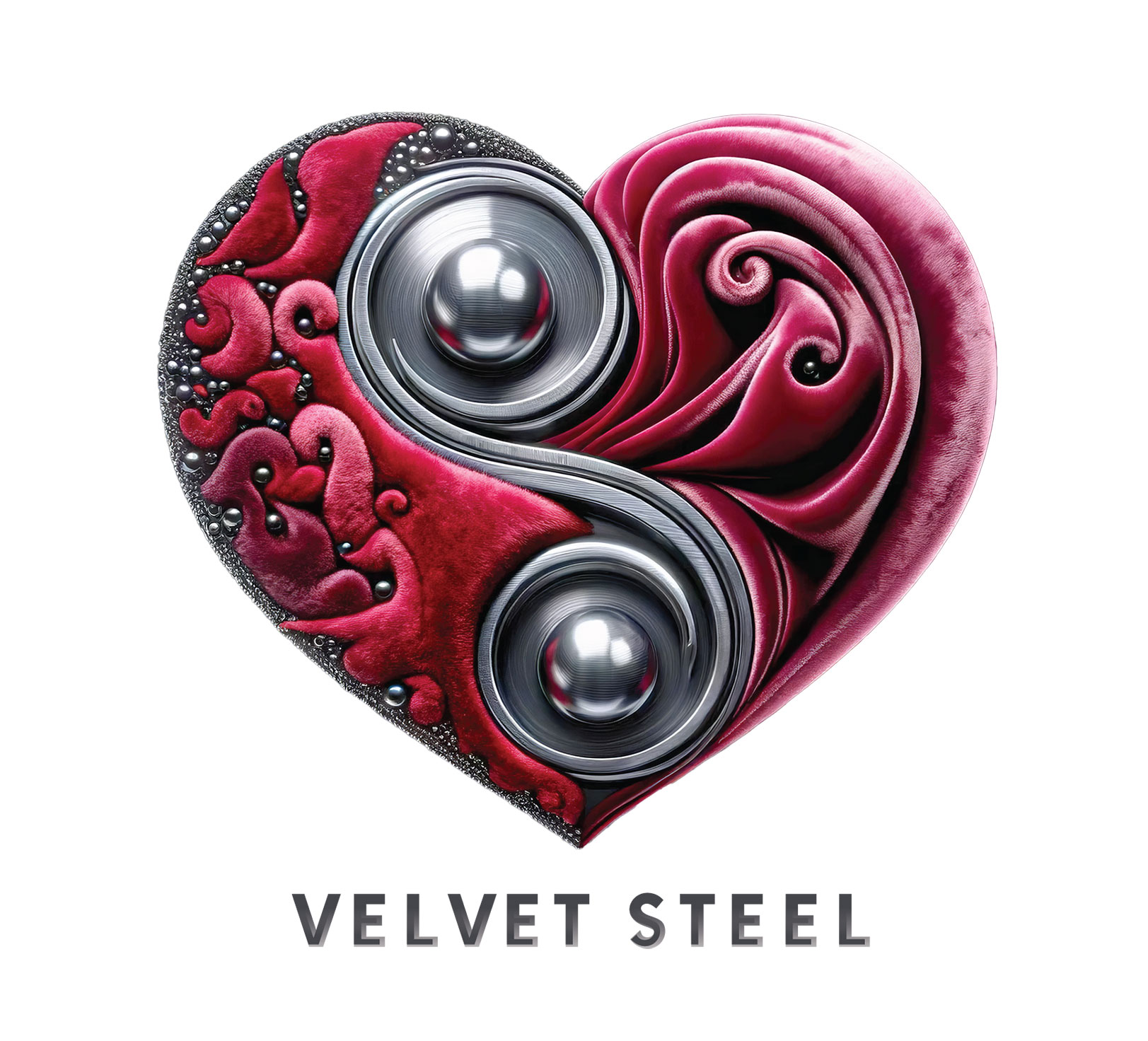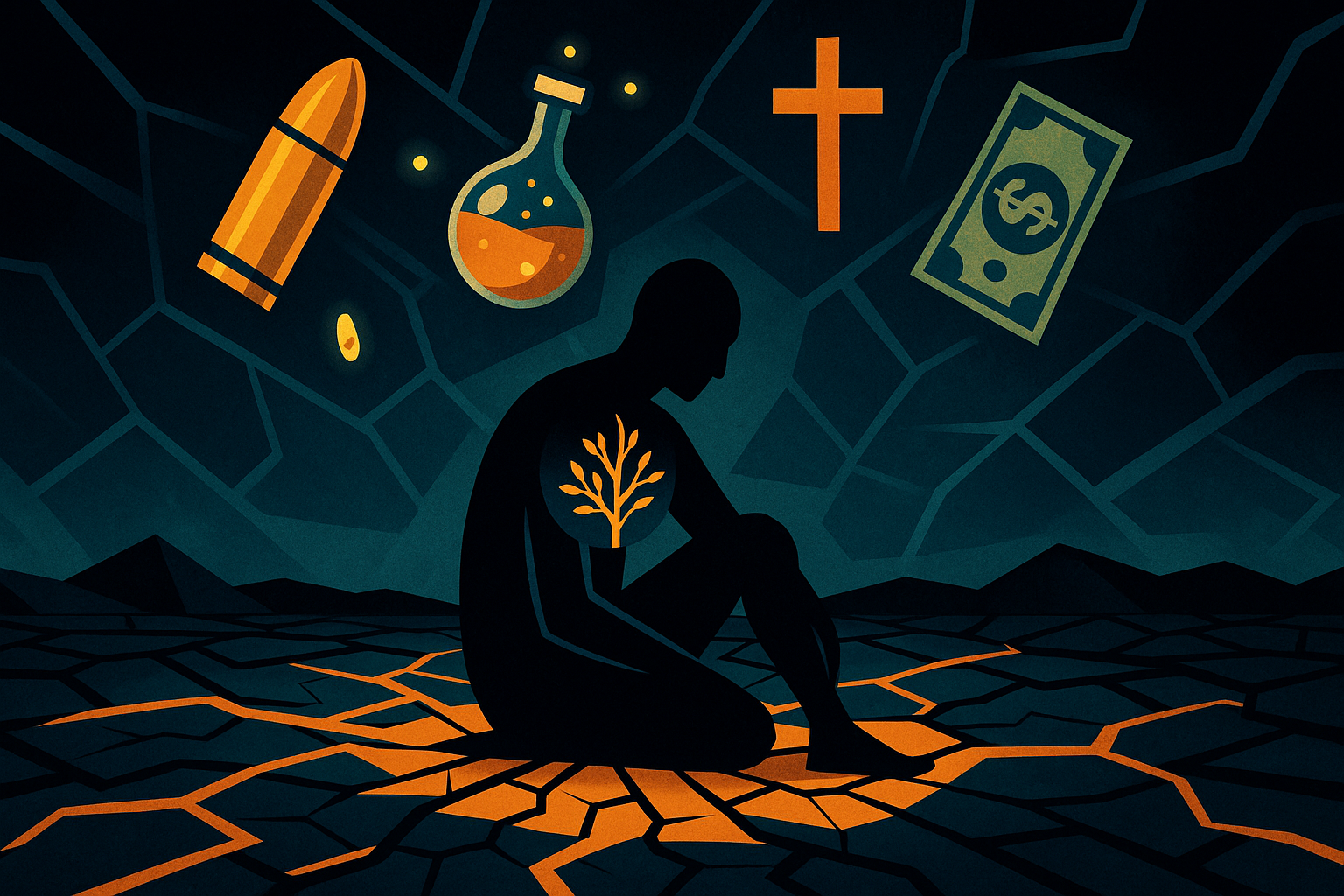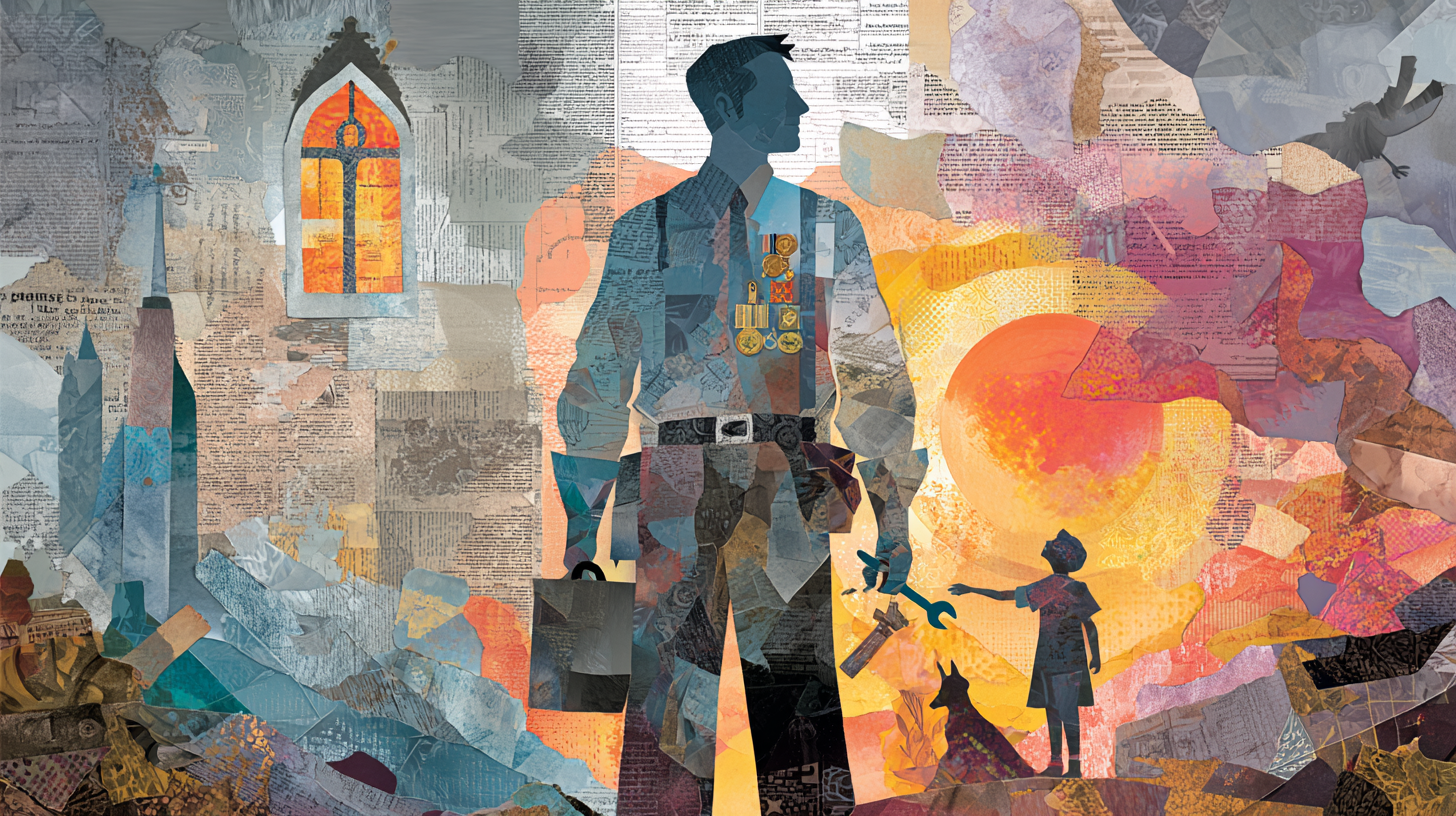READ IT TO ME: Click play to listen to this post.
“People are always looking for the single magic bullet that will totally change everything. There is no single magic bullet.” — Temple Grandin
Recently I listened to a conversation where one said, “Looking for the magic bullet, I’m calling myself out! I found someone who convinced me that my addiction is simply a case of me not moving stuck energy through my body. I was told I needed to write release letters and do a ceremony to relieve my burden. I have gone to psychics, healers of all types to find an easier softer way.”
As I sat reflecting I thought why not! If there is an easier way to do recovery that is less painful. Less difficult, why not sign up?
In our culture, there is an inbred desire to seek instant relief from physical pain, emotional discomfort, and personal struggle. We tell ourselves that life would be better if we could just find that instant fix! Yet, most times there is no lightning in a bottle. Americans spend billions of dollars on painkillers every year seeking relief from physical pain or attempting to escape the emotional pain derived from mental stress and malady.
Infomercials advertise schemes, strategies, and concepts that seem to suggest that there is a magic bullet, and if you can understand the secret, it will become a game changer for your financial future. Religion offers its own brand of magic bullet, beckoning folks to participate in faith exercises of all kinds that ultimately promise a magic bullet for heartache and unhappiness.
In my work as a professional counselor, I often hear comments such as:
- Give me a formula for not worrying.
- Tell me how I can keep my child from overdosing on heroin.
- What kind of medication can I take to keep me from sexually acting out?
“Give me something to get rid of the picture in my head of my partner being in bed with someone else. It’s driving me insane.”
Often, when people realize there is no magic cure for such requests, the ambition to begin the therapeutic process wanes dramatically. People are sad when I tell them there is no magic bullet. There is no instant fix when sadness descends, life sucks, or you suffer losses. M. Scott Peck was accurate when he said in The Road Less Traveled that “life is difficult.” It is! And so is recovery.
Transformation and healing occur not in the spectacular moments under a spotlight of attention but rather in nondescript spaces and places where no one is watching or paying attention. I often hear stories of recovery that are fought and won in the private portals of one’s mind and heart. It’s a place that no one but you can possibly appreciate because no one is there but you. This counterintuitive approach paradoxically creates fulfillment in life and clarifies meaning and purpose in the presence of pain and discomfort in ways that are missed by those in search of a magic bullet.
Here are a few old reminders to consider during your recovery journey:
1. Lean into the pain, don’t avoid it. The only way to heal is by going through the pain. Nobody wants to scrub the wound. Whether you are a little guy who just scraped his knee on a sidewalk fall or you are a betrayed partner. Put the focus somewhere else so I don’t have to focus on how bad it hurts. It makes sense but ultimately becomes nonsense when your broken heart becomes infected with rage, hatred, and bitterness. Like an infected ingrown toenail that develops a pyogenic granuloma- which is that tender nodule near the corner of an infected ingrown toenail that makes it hurt so bad, it’s got to be removed! So they stick the needle to numb your toe right at the point of that nodule. You want to scream and slap the stuffings out of your doctor! Then you want to climb the walls! The pain is so intense! Though it was seconds, it seemed like an eternity before the painkiller took effect. In a similar sense, to address the healing there is no dodging the bullet! Find a therapist who knows how to scrub the wound and will not pussyfoot around with avoidant interventions. Then work with that professional to scrub your wound.
2. Sit in the wound. The reason you sit with the wound is that the wound will provide wisdom for you but you must be present to listen. There are many ways to practice sitting with the wound. Most often sitting with the wound involves discomfort. Plant medicines, and experiential therapy like somatic experience, EMDR, and many others all can be helpful. They are all tools to serve you well as long as you don’t conclude that the tool is an end in itself.
3. Integrate differentiated experiences. The in-therapy is to integrate differentiated experiences internally. Through this intra-connection the promise of centered living takes place. You are more able to able to be present and more intra connected with all things around you. Specific steps to incorporate integration can be found in Dan Siegel’s book “Mindsight”.
4. Inevitably there is no escape from legitimate suffering. No one gets through life unscathed. Developing a lifestyle that affords you to duck and dive into what you don’t want to feel only accumulates the inevitable hurt that must be addressed. Cultivate flexibility and practice resilience. Reframe the adversity of pain you face from a roadblock to a stepping stone toward personal growth.
Meaningfulness in legitimate suffering is unpacked when you embrace the commonplace struggle. In everyday skirmishes and experiences of life, people uncover their own significance. It happens when you reframe the daily grind—the everyday struggles that yield a reason to be and give a “why” to live. Those who are capable of going underneath the average everyday experience begin to uncover one of life’s greatest gifts—their own inner brilliance. Inner brilliance distinguishes the extraordinary competence that exists within every human being. When this happens there is no need for a magic bullet.





